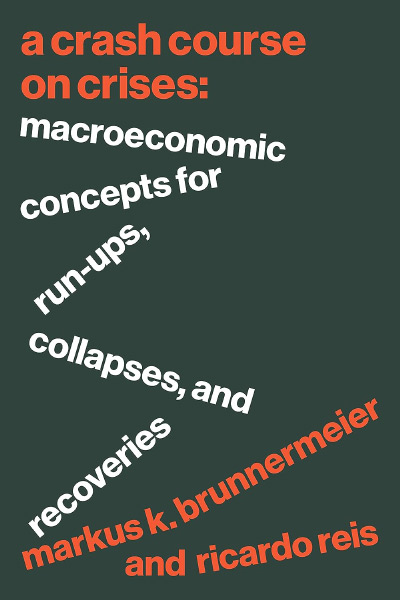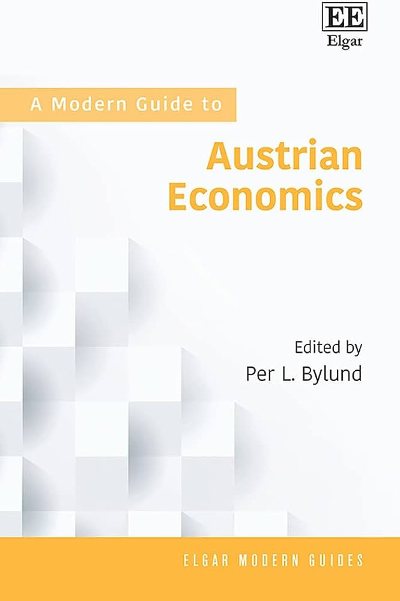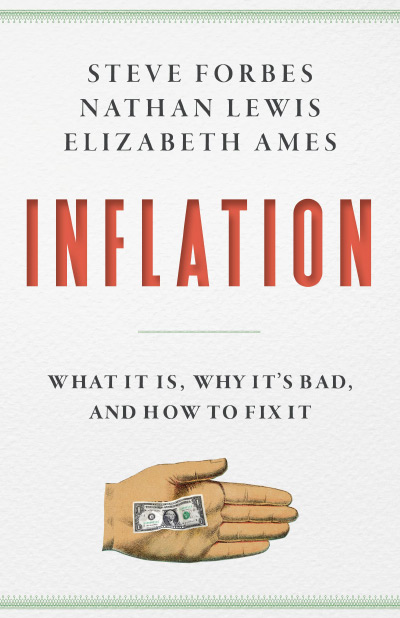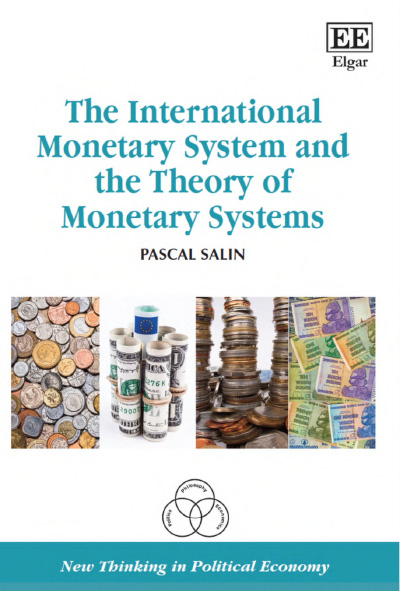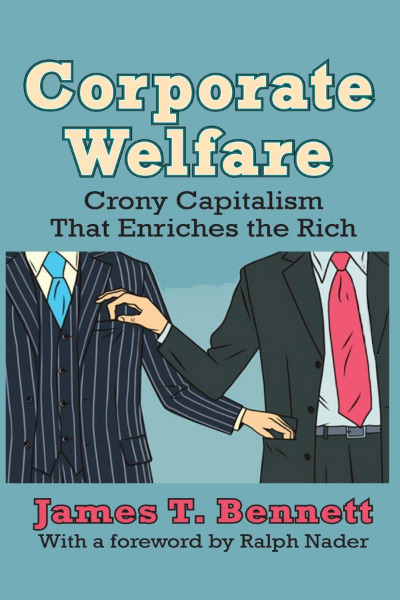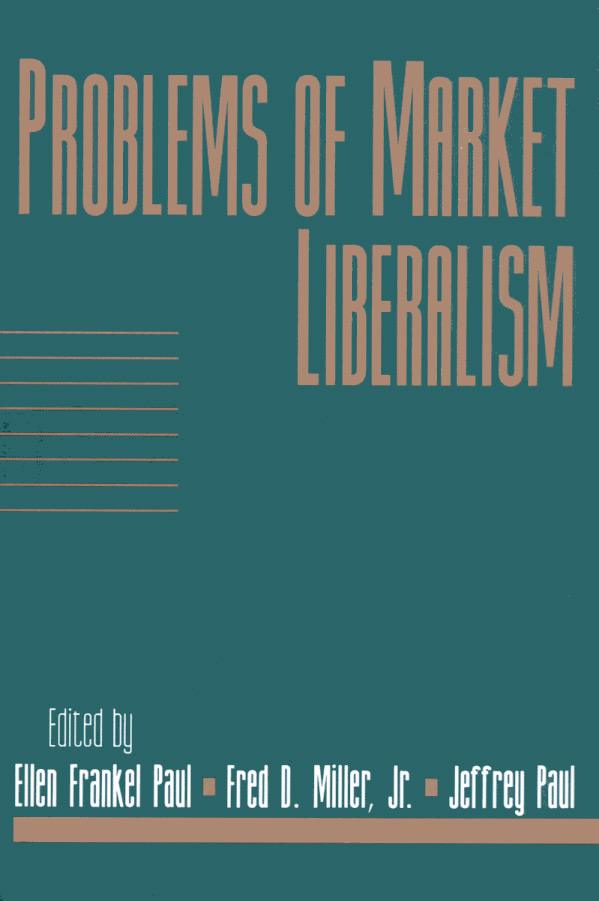The Swiss naturalist Charles Bonnet described his friend Adam Smith as “the sage of Glasgow” (The Correspondence of Adam Smith. 1987, edited by E.C. Mossner and I.S. Ross. Indianapolis: Liberty Fund, p. 179). The word “sage” indicates something beyond intelligence; it indicates wisdom, experience, and virtue. In his recent book, Our Great Purpose: Adam Smith on Living a Better Life, Ryan Hanley embraces the sentiments behind Bonnet’s description. He sees Smith as a thinker whose work contains profound insights about the good life. A work in similar vein is Russ Roberts’s How Adam Smith Can Change Your Life (New York: Penguin, 2014).
Avoiding “citations and detailed footnotes to the specialized literature” (p. 3), Our Great Purpose is not intended as an academic work. It is intended to explicate the wisdom of the sage for the purpose of moral improvement: “readers of this book will have an opportunity to spend some time with—indeed live with—a thinker who has a great deal to show us about our own lives and what we do well to think about” (p. 3).
Smith was offering us a course in moral education. Hanley’s excellent earlier book, Adam Smith and the Character of Virtue (Cambridge: Cambridge University Press, 2009) helps to make that clear. The philosophizing of many of the Scots was a form of moral guidance. Smith’s student Dugald Stewart wrote that his teacher’s “ruling passion” was a desire to “contribut[e] to the happiness and the improvement of society” (in Essays on Philosophical Subjects by Adam Smith 1982, edited by W.P.D. Wightman and J.C. Bryce, Indianapolis: Liberty Fund, p. 271).
How did Smith see his philosophical works, The Theory of Moral Sentiments(Indianapolis: Liberty Fund, 1982; hereafter “TMS”) and The Wealth of Nations(Indianapolis: Liberty Fund, 1981; hereafter “WN”), as contributing to happiness and the improvement of society? Did he, like his friend David Hume, see his work as leaning more towards “anatomy,” a description of things as they are, in the hopes of clearing away prejudice and political misconceptions? Or did he, like his mentor Francis Hutcheson, see his work leaning towards “painting,” the exhortation of virtue? The answer for Hanley seems to be bit of both. In describing how we are, Smith hopes to shed light on human well-being and thereby encourage the activities and forms of social and political organization that promote it. Smith looks to “show us how we might live well in light of the divisions of our nature [between our concern for self and others] and the challenges of our world” (p. 48).
One of the book’s merits is the way it draws out Smith’s focus on ideas of universal benevolence. Universal benevolence—which is shorthand for that which pleases the benevolent sentiments of God, or on a metaphorical interpretation, a supreme impartial spectator—is the organizing principle of Smith’s ethical framework. As Hanley repeatedly emphasizes (pp. 17, 35, 57), for Smith, our striving for personal moral coherence, the realization of which is a key part of our well-being, should consist in a search for those actions which contribute to the good of the whole—our own happiness and that of the rest of humankind.
Smith writes, in a passage that echoes lines in the Third Earl of Shaftesbury, Francis Hutcheson, and Bishop Joseph Butler, “by acting according to the dictates of our moral faculties, we necessarily pursue the most effectual means for promoting the happiness of mankind, and may therefore be said, in some sense, to co-operate with the Deity, and to advance as far as in our power the plan of Providence” (TMS, p. 166). Hanley paraphrases: “the end of our goodness [...] isn’t simply our own happiness but the promotion of the happiness of all, and thereby God’s will, here on earth” (p. 132). I agree with Hanley that we should understand all of Smith’s thought—his jurisprudence, his politics, his political economy—within such a framework.
The “master question” we are left with is: what actually promotes universal benevolence (p. 57)? What habits would Smith have us inculcate to make a becoming use of our lives in service to universal benevolence? Hanley’s answer: “love and gratitude are perhaps the preeminent sentiments that are at once good for others and good for ourselves” (p. 57). “Want to be happy? Want others around you to be happy? Feel less hate, and more love. I think this is in fact a message central to Smith’s vision of what it means to live life well” (p. 59). Hanley acknowledges that the counsel approaches “bumper-sticker wisdom” and requires qualification and elaboration, which he provides in subsequent chapters (p. 59). But it captures the essence of Hanley’s message.
I suspect that Smith might hesitate to go along with a description of his project in terms of love (cf. Ryan Patrick Hanley, Love’s Enlightenment: Rethinking Charity in Modernity. 2017. New York: Cambridge University Press). Smith, as Hanley illustrates, does see love as a pleasing and beautiful virtue. Love is indeed good for the soul. But by my reading, Smith works less to exhort love in his books than he does to establish and authorize a set of ordinary but beneficial mores, virtues, and institutions in service to the good of humankind. Such mores, virtues, and institutions don’t require extensive affections for others, affections he thinks are mostly beyond the reach of human nature (see Fonna Forman-Barzilai, Adam Smith and the Circles of Sympathy: Cosmopolitanism and Moral Theory. 2010. Cambridge: Cambridge University Press).
In Part VI of TMS (published in 1790) in a chapter called “Of Universal Benevolence,” Smith implicitly instructs the “wise and virtuous man” to “magnanimously” resign “to the will of the great Director of the universe” (TMS, 236). Such resignation does not amount to fatalism, but does require turning from the abstract contemplation of the divine to the activity of assuming and fulfilling local duties. These duties build on the natural orientation of affections, circumscribed by our knowledge and familiarity (TMS, 229). The duties are of “a much humbler department [than the care of the universe], but one much more suitable to the weakness of [man’s] powers and the narrowness of his comprehension; the care of his own happiness, that of his family, his friends, his country” (TMS, 237).
Given our limitations, Smith sees that the good of the whole is often furthered, paradoxically, as we take our focal awareness off of the good of the whole. Like the butcher, the brewer, and the baker, we often serve universal benevolence without entertaining such grand intentions. We “co-operate with the Deity” (TMS, p. 166) through the performance of ordinary, legitimate actions that conduce to the good of the whole, actions that perhaps reflect characteristics of self-restraint and justice, “oeconomy, industry, discretion, attention, and application of thought” (TMS, p. 304).
Hanley frames Our Great Purpose around the notion of “living a better life,” where “a life” is taken as “a trajectory that not only has a beginning and middle and end, but also has a unity to it that enables us to see all its different parts as fitting together in a meaningful way” (p. 1). In pondering what the sage teaches us about building a “life,” perhaps we would do well to think on his life. What can we say about Adam Smith’s “life”? What was the unity of his great purpose?
Hanley reports the inscription on Smith’s grave in Edinburgh’s Canongate churchyard: “Here are deposited the remains of Adam Smith, author of The Theory of Moral Sentiments and Wealth of Nations: He was born, 5th June, 1723. And he died 17th July, 1790.” Of the inscription, Hanley writes, “[it] captures the essential truth of Smith’s life: namely that it lies mainly in his two published books, which together compose the essentials of his system” (p. 5).
Hanley justifiably focuses on TMS, which Smith considered to be the more important of his two books. But a central part of Smith’s system, a part that flows out of the ethical framework of TMS, is political economy (TMS, pp. 3, 342). Smith’s political economy culminates in the “liberal plan of equality, liberty, and justice” (WN, p. 664), the promotion of which he saw as making a becoming—one might even say loving—use of his life.
Hanley is right to point out that Smith was concerned with the effects of commerce on our moral sensibilities and our well-being. Smith saw that commercial society “changes us and changes how we relate to others,” as Hanley puts it (p. 47). But even while exploring such changes, Smith illustrates how industriousness leads us to “cultivate the ground, to build houses, to found cities and commonwealths, and to invent and improve all the science and arts, which ennoble and embellish human life” (TMS, p. 183). There are tensions in Smith, to be sure. But he is a bit more than the reluctant supporter of commercial society that Hanley sometimes makes him out to be (e.g., pp. 39, 44-48).
Our Great Purpose justly venerates the sage of Glasgow and encourages us to ponder the purpose of our lives. As Hanley emphasizes, Smith indeed calls us to love well and give of our resources. But as readers, interpreters, and emulators of Smith, an important aspect of our purpose is also to carry forward Smith’s project of articulating and promoting the liberal plan. The liberal plan by no means discourages love. But, for the sake of universal benevolence, it centers on dignifying and preserving our “humbler departments” (TMS, p. 237), such as the pursuit of our own happiness, interest, and local affections. Along with Smith, we may appropriately see the promotion of the liberal plan as a key part of our duty to love and serve the well-being of humankind—a great purpose indeed.
| Other Independent Review articles by Erik W. Matson | |
| Fall 2024 | The Recurrent Evil of Price Controls: John Witherspoon’s 1778 Letter to George Washington |




